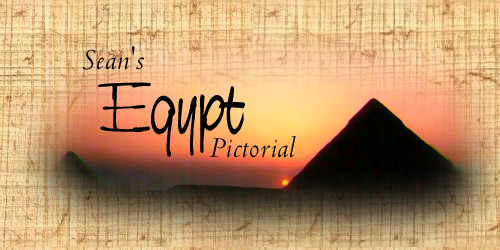* There are two sets of names commonly used for the pharaohs to whom the
pyramids are attributed: Cheops / Khufu - the Great Pyramid; Chefren / Khafre - the second
largest of the three; and Mycerinus / Menkaure - the smallest. They are the Greek / Egyptian
names respectively - throughout these pages I will use Cheops, Chefren, and Menkaure. I don't
care about consistency - they're the names that I like, so there.
1. Bauval, Robert and Adrian Gilbert, The Orion Mystery, Random House, 1995.





